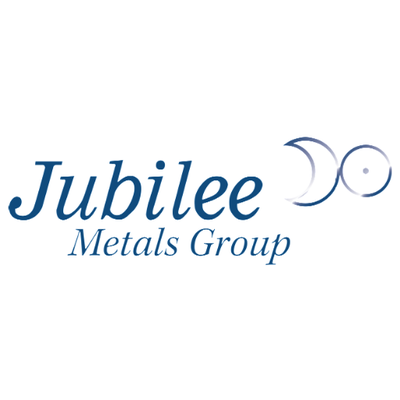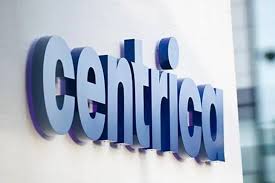Over the past decade, approximately one-third of copper supply has come from recycled material. This secondary source, drawn from both manufacturing scrap and retired end-use products, has become a critical stabiliser. Copper’s ability to maintain full metallurgical properties through repeated recycling has embedded a regenerative rhythm into the market that acts as a counterbalance to extraction volatility.
On the geological front, reserves remain substantial. With hundreds of millions of tonnes in identified reserves and several billion tonnes in total resources, copper continues to demonstrate a remarkable capacity to support long-term industrial expansion. The industry has sustained a multi-decade trend of stable reserve life, indicating that exploration efforts and shifts in economic viability are consistently keeping pace with usage.
The long-term view is also shaped by the growing inventory of in-use copper, everything embedded in buildings, infrastructure, vehicles, and appliances. Much of this will eventually re-enter supply chains, forming an increasingly important component of future availability. As recycling technologies improve and collection systems expand, this ‘urban mine’ is expected to become more accessible and efficient.
This dynamic creates a dual foundation for supply: primary output continues to flow from a robust resource base, while recycled material adds structural redundancy. This matters in a market that is facing accelerating demand from electrification, renewable power deployment, and grid modernisation. Demand is projected to increase by more than 40% over the next two decades, driven by the transition to low-carbon systems and the growth of electric mobility.
For investors, the relevance is twofold. First, copper’s demand growth is not speculative, it is anchored in physical infrastructure shifts and supported by national energy strategies across the globe. Second, the risks on the supply side are buffered by the metal’s unique circularity. If new mining projects face delays due to environmental, regulatory or geopolitical constraints, the recycling channel offers a natural hedge.
This does not imply an oversupplied market. On the contrary, as demand compounds and scrap recovery infrastructure lags, periods of tightness may emerge. These could support pricing without introducing the kind of volatility typically associated with constrained resources. Investors who recognise this balance, strong demand growth supported by a two-stream supply model, are positioned to view copper not just as a cyclical trade but as a long-duration structural asset.
In practice, this means copper assets may benefit from sustained capital inflows into clean infrastructure and electrification, while also gaining from evolving policy incentives around resource efficiency and circular economies. Companies with access to low-cost reserves or integrated recycling capabilities could find themselves in a particularly advantageous position.
Copper is more than a mined commodity, it is a durable industrial metal with both natural abundance and regenerative strength. As energy systems shift and infrastructure modernises, copper’s supply model offers investors a combination of strategic resilience and long-term opportunity.
Jubilee Metals Group plc (LON:JLP) is a diversified metal recovery business with a world-class portfolio of projects in South Africa and Zambia. The Company’s expanding multi-project portfolio across South Africa and Zambia provides exposure to a broad commodity basket including Platinum Group Metals, chrome, lead, zinc, vanadium, copper and cobalt.






































